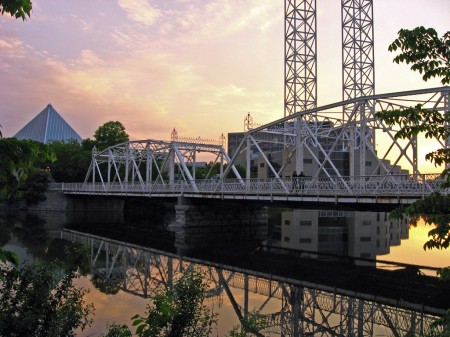
Sustainable development’ is an expression that you hear a great deal. It was famously defined by the Brundtland Commission as meeting the needs of the current generation without sacrificing the ability of future generations to meet their own needs. This seems sensible enough, but it raises two major questions: how do we identify the ‘needs’ of this generation, and how do we anticipate the capabilities of future ones.
Most talk of sustainability these days is nonsense. The simple reason for that is that very little of what we do is sustainable. Nothing dependent upon fossil fuels is sustainable, so there go most of our forms of transportation, a lot of our electrical generation, and most of global agriculture. Nothing that destroys the long-term productivity of agricultural land is sustainable, but much of our agriculture does just that. Continually requiring more fertilizers to cope with loss of soil nutrients is not sustainable. Virtually no fisheries anywhere in the world are used in a sustainable way (none when you consider the impact climate change will have on them). Finally, nothing that contributes to accelerating climate change is sustainable; that doesn’t really create sharp categories between what is or is not sustainable. Rather, it gives an idea about the total intensity of all the greenhouse gas emitting things we undertake must be.
What does this generation need?
The matter of defining the ‘needs’ of the current generation is enormous and partially irresolvable. At one absurd extreme is the flawed idea that people have the right to continue living as they always have. Asserting this is akin to a French aristocrat facing the guillotine, arguing that his life of privilege so far justifies more privilege in the future. We cannot have a right to something that demands unacceptable sacrifices from others – particularly when that right hasn’t been earned in any meaningful way. At the other extreme is the assertion that nobody has any right to material things and that people starving around the world and dying from treatable, preventable diseases have no credible moral claim to additional resources. Somewhere between the two lies the truth. The important thing isn’t to work out precisely where, but to generate a universal understanding that constraint is going to need to be a part of human life, if we are to survive in the long term.
Arguably, ‘needs’ are entirely the wrong way to think about things. Instead of starting with who we are and what we want, perhaps we should start with what there is and what impact that has on how we can live, where we can be, and how many of us there can be at any one time.
How capable will future generations be?
The matter of the capabilities of those in the future is similarly challenging. Our expectations about the future produce a ‘treadmill’ effect, where we expect added financial wealth and improved technology to make future generations better off despite how more resources have been depleted, more climatic damage done, and more pollutants released into the environment. If people in the future are super-resourceful technological wizards, the degree of restraint we need to observe in order to accommodate them is small. No wonder this belief is so popular among those seeking to defend the status quo.
Of course, it is possible that future generations will have less capability to satisfy their needs than we do. Most obviously, this could be because of the depletion of fossil fuels (a vast and easily accessed form of energy) or because of the impacts of climate change. To some extent, we need to take such risks into consideration when we are deciding what duties we owe to future generations. Any such consideration will require passing along more resilience, in the form of more resources and a healthier planet.
What might sustainability look like?
Quite possibly, the only people in the world living sustainably are those in small agricultural communities with little or no connection to the outside world. Since they do not import energy, they must be sustainable users of it. Even such communities, however, need not necessarily be sustainable. Unless they have a low enough population density to keep their food production from slowly degrading the land, they too are living on borrowed time.
Producing a sustainable global system probably requires all or most of the following:
- The stabilization of global population, perhaps at a level significantly below that of today.
- The exclusive use of renewable sources of energy, derived using equipment produced in sustainable ways.
- Agriculture without fossil fuels, and with soil and crop management sufficient to make it repeatable indefinitely.
- Sustainable transport of old (sailing ships) and new (solar-electric ground vehicles) kinds.
- The preservation of ecosystems that provide critical services: for instance, tropical forests that regulate climate.
- An end to anthropogenic climate change.
While it is technically possible that we could manage to build problems and solve them through clever technology indefinitely, it does seem as though doing so is risky and probably unethical. It may be more prudent to begin the transition towards a world unendingly capable of providing what we desire from it.





